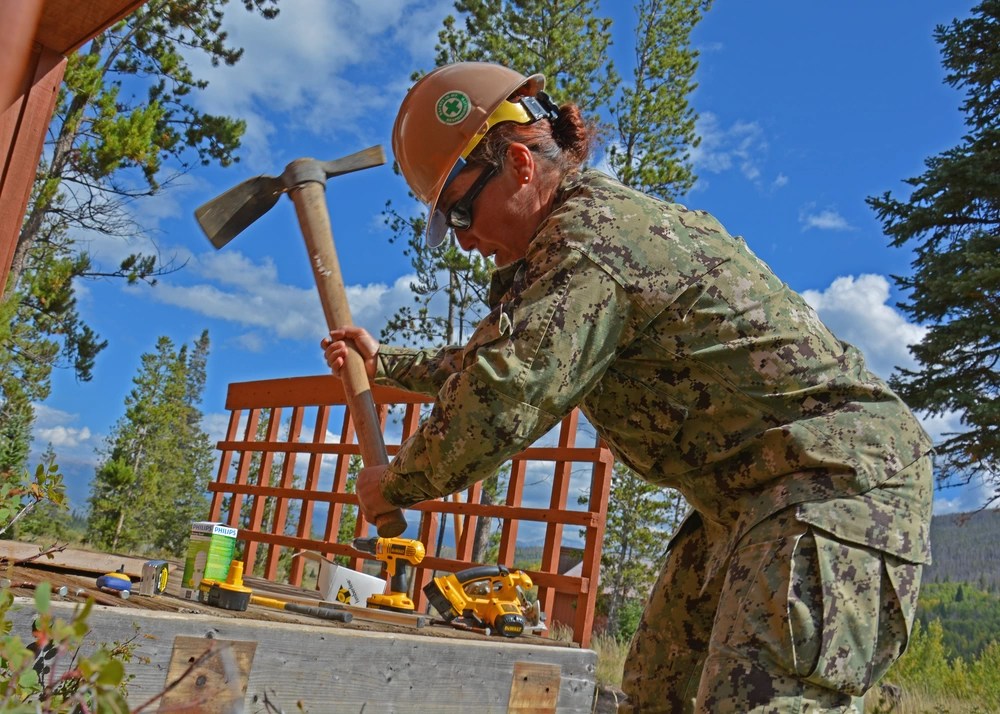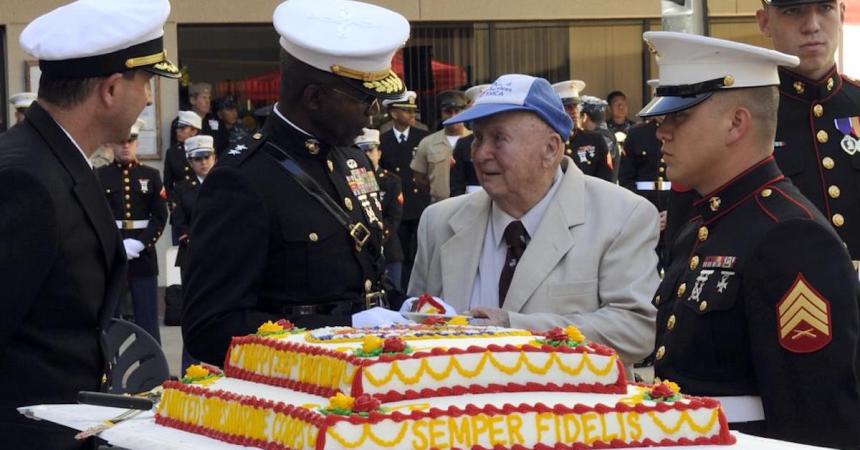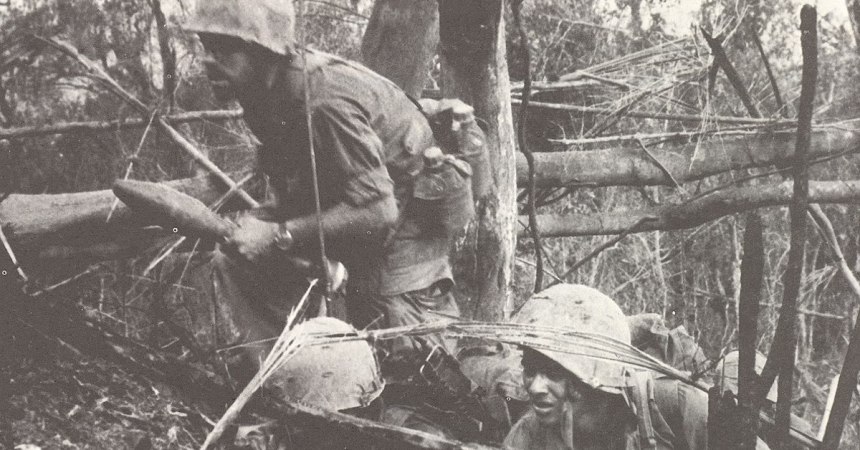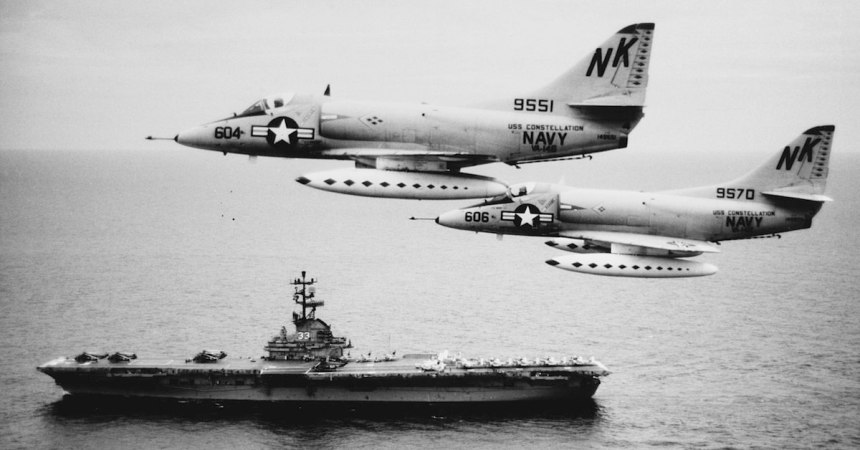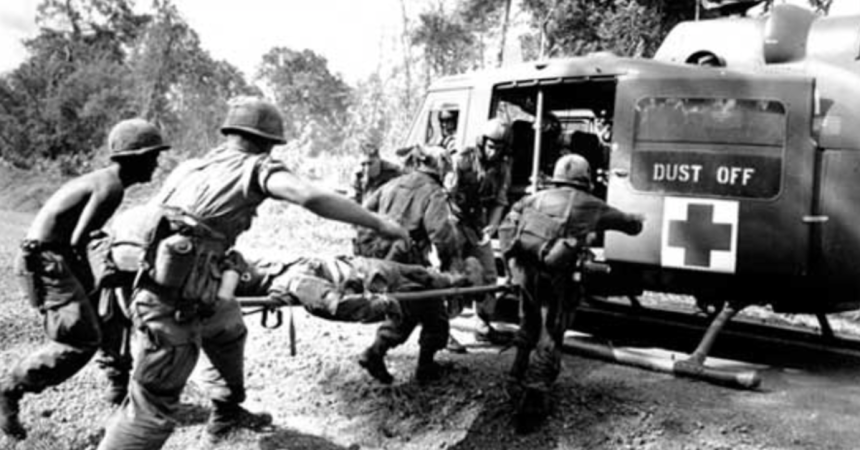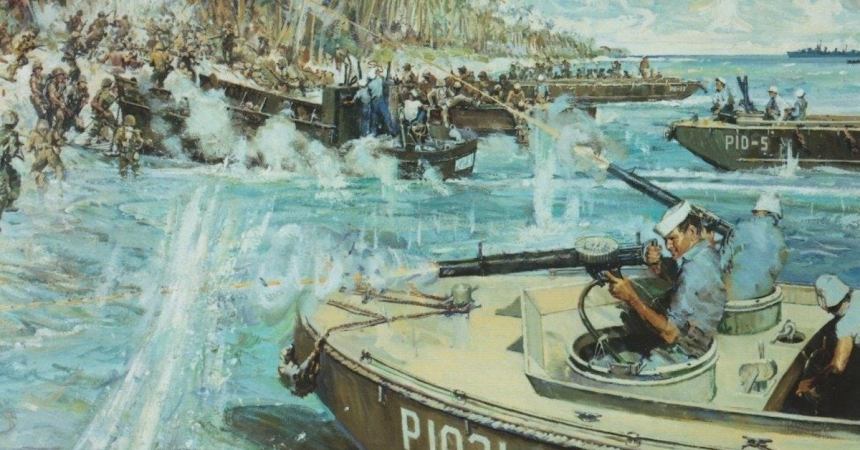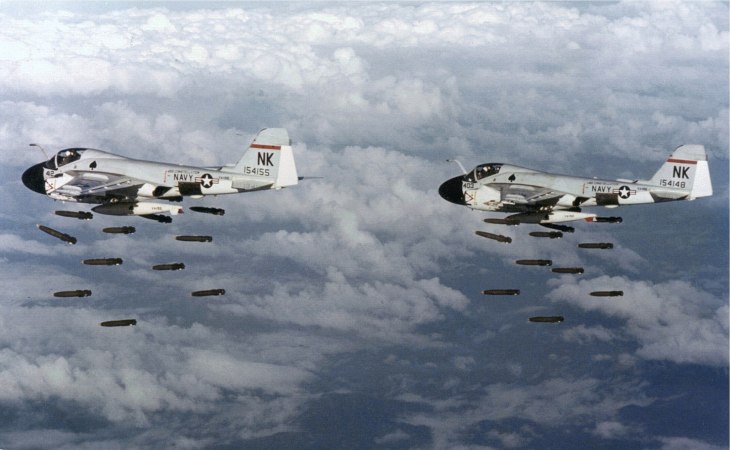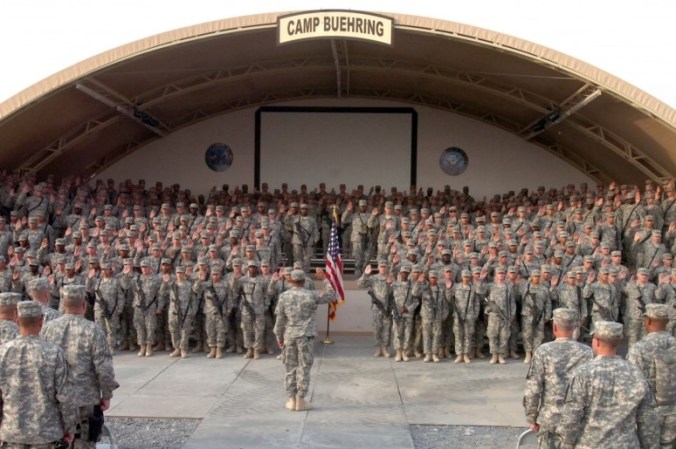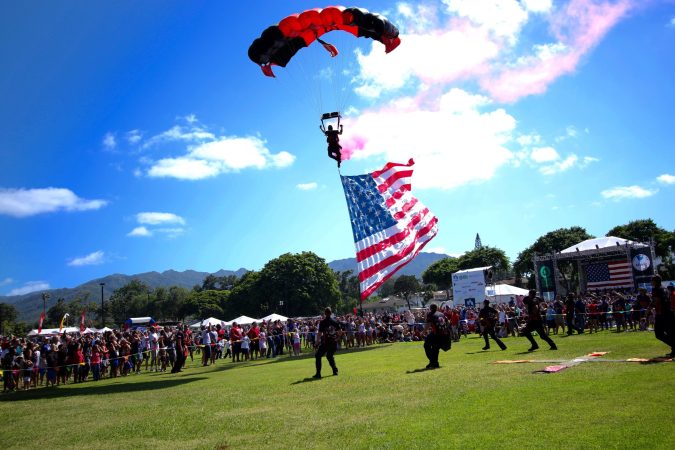Happy birthday to the team responsible for helping nearly every military project get off the ground! Of course, we’re talking about the Seabees. The Seabees were established on March 5, 1942. So, each March 5, the Navy community gathers to celebrate these remarkable sailors. Love them or hate them, there’s no denying the Navy Seabees are a unique and vital part of the military. But what exactly is a Seabee? And how did they form? Read on to find out!
What does A Seabee do?
The name “Seabee” comes from the initials “CB,” which stands for Construction Battalion. Seabees are the construction force of the United States Navy. They are responsible for building and maintaining infrastructure in combat and peacetime operations. In other words, if something needs to be built or fixed, the Seabees do it.
Day in the Life of a Seabee

Few people know what they do or how difficult their job can be. The Seabees are the United States Navy Construction Battalions – they build stuff. But it is so much more than that. If you ask any Seabee, they will tell you this is one of the most challenging and rewarding things they have ever done.
Why It’s Difficult
What makes being a Seabee so difficult? Well, they often deploy to remote, dangerous and sometimes even hostile locations. Their tasks include building things like roads, runways, bridges and living quarters, even under challenging circumstances.
One of the most difficult aspects of being a Seabee is being away from home for long periods. Deployments can last a long time, which affects them and their families. It is not an easy lifestyle. That said, it’s one that many Seabees wouldn’t trade for anything else in the world.
If you are thinking about becoming a Seabee, know that it is not going to be easy. It will be challenging, and there will be times when you want to give up. But, if you can stick it out, you will be part of something extraordinary.
A History of the Seabees in the American Military
The United States Navy’s Construction Battalions have been a fixture in American military history for over 75 years. Seabees initially formed during World War II to free up troops for combat duty. The newly formed units started by taking on construction projects in the Pacific theater. Here’s the request that was sent up the flagpole to create what we know today as the Seabees. Since then, they haven’t stopped. Seabees have served in every major U.S.-involved conflict.
World War II: The Birth of the Seabees

The Seabees trace their origins back to World War II when the U.S. Navy realized it needed a dedicated construction force to free up troops for combat duty. In March 1942, the first Construction Battalion (CB) was formed. By the end of the war, there were a total of 325,000 Seabees serving in 100 different CBs. These service members saw action in every theater of operation during World War II. However, their most notable deployments were to the Pacific island-hopping campaign against Japan.
Korea: The Forgotten War
The Seabees saw action again during the Korean War. They often worked alongside Army units to construct roads, airstrips, and bridges under enemy fire. Despite their vital role in supporting American troops, the Seabees have been largely forgotten by history. That might have something to do with the fact that their role is largely one of helping and not one of combat.
Vietnam: A New Generation
The Vietnam War was a new kind of conflict for America. It required a new generation of Seabees to meet the challenges of guerilla warfare and hostile jungle terrain. Among other things, they built floating restaurants and barges to support American troops stationed along Vietnam’s extensive river network. They also constructed barriers to prevent Vietcong vehicles from using roads to transport supplies and troops. By the time the last Seabee left Vietnam in 1973, they had earned a reputation as some of America’s most formidable and most resourceful soldiers.
Gulf War: Operation Desert Shield/Desert Storm
The 1990s saw a new era of diplomacy and international cooperation. Still, it was also a time when America’s military prowess was tested with Operations Desert Shield and Desert Storm in response to Saddam Hussein’s invasion of Kuwait. As always, the Seabees supported American troops, helping build barracks and repair runways while enduring hostile conditions.
Operation Iraqi Freedom: The Return to Iraq
In 2003, America invaded Iraq a second time. Once again, the Seabees played a vital role in supporting American troops by constructing living quarters and forward operating bases throughout Iraq. And once again, they demonstrated their dedication to duty by carrying out their missions despite being targets of insurgent attacks.
For decades now, the United States Navy’s Construction Battalions—better known as the Seabees—have been playing a vital role in supporting American troops during conflicts around the world. From their origins during World War II to their operations in Iraq and Afghanistan, the Seabees have always been there when America needed them most. So next time you see a member of this proud corps, be sure to thank them for their service!


